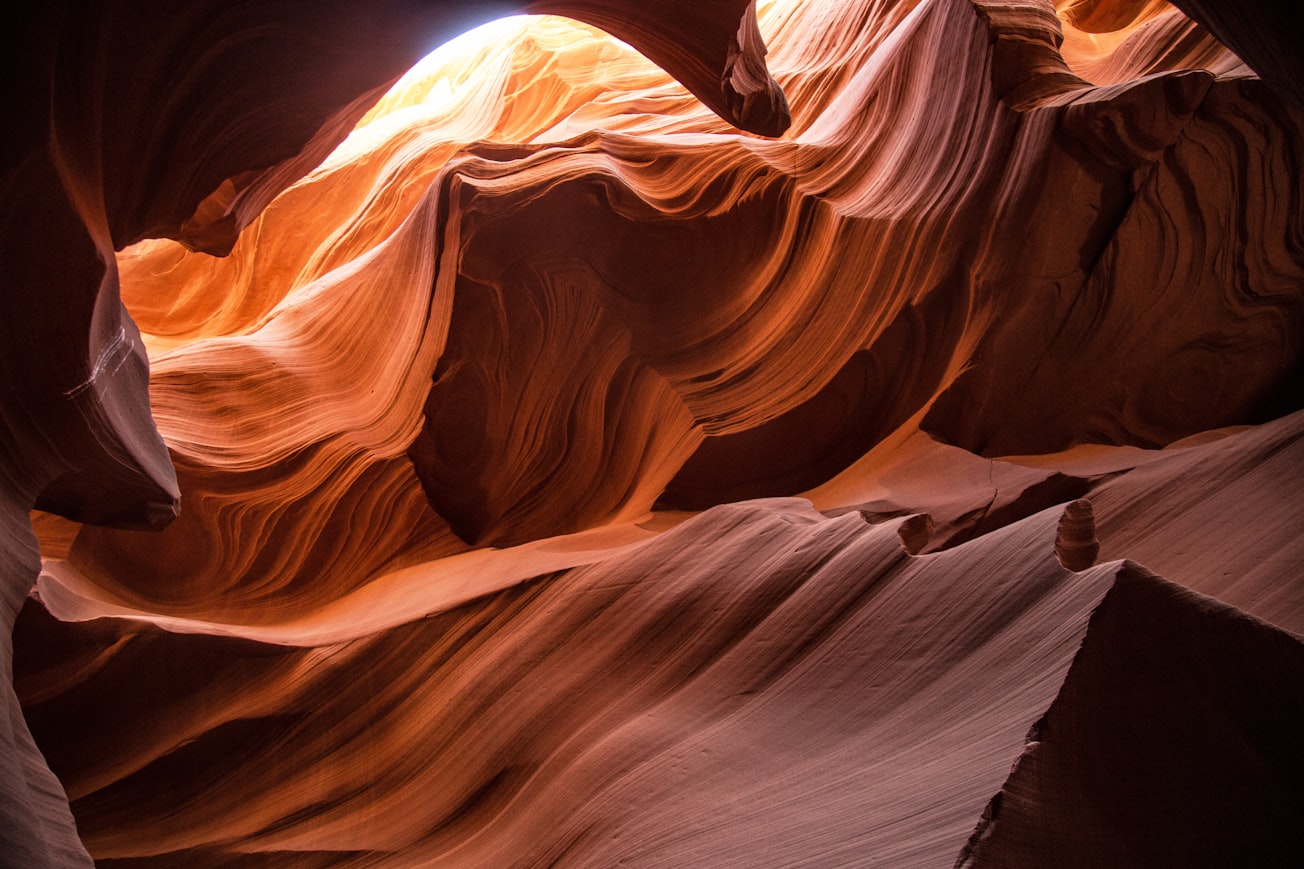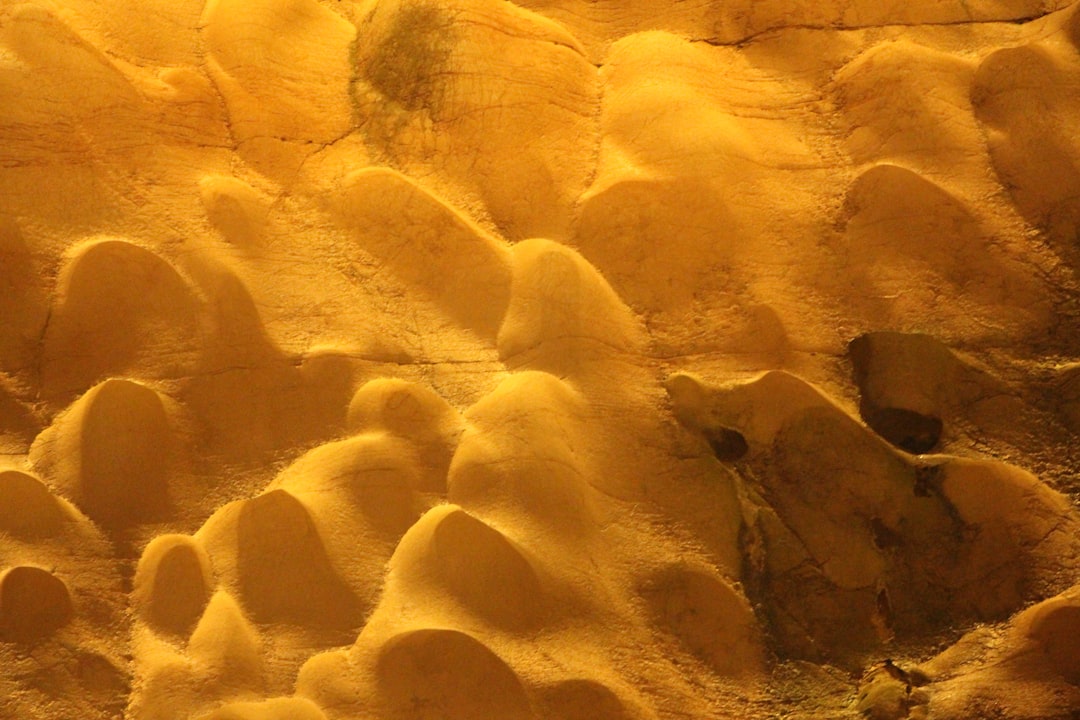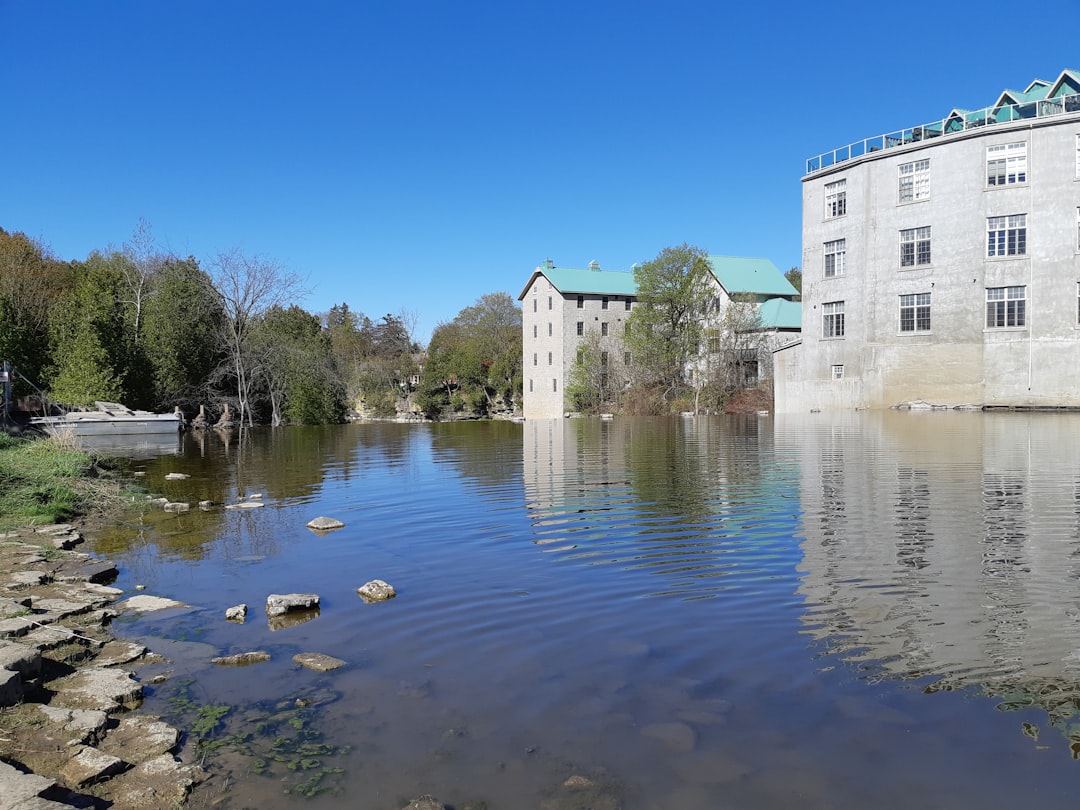What is it about?
A large stretch of western India is extensively covered with Quaternary carbonate deposits popularly known as “Miliolites”. The inland occurences of miliolites far away from the coast raised several questions in terms of their genesis. Our investigation shows that genesis of the coastal miliolites is associated with marine activities whereas those occurring inland are deposited by aeolian activities. Our study shows that the aeolian activities that led to the deposition of miliolites are associated with the phase of lowered sea level, particularly bracketed during the Last Glacial Maxima (LGM), when wind attributes were quite strong to transport biogenic sources of miliolites from the coast to far inland areas.
Featured Image

Photo by Christopher Burns on Unsplash
Why is it important?
Our study when compared with the global occurrences of similar biogenic distributions or aeolinites shows that there is a prominent aeolian activity during the LGM. Also, the notion that attributes an overall dry climate during the Last Glacial Maxima (LGM) is negated as we do observe fluvial reworking of the aeolian deposits during the LGM that suggests that arid period of LGM is punctuated by wet short intervals.
Perspectives
This article is important as it attempts to explain the intrigued genesis of biogenic carbonates that are distributed in coastal and inland areas of western India. Our work sheds light on important climatic attributes of Last Glacial Maxima. I am particularly happy for this article as it forms part of PhD thesis of the student currently being supervised by me.
Falguni Bhattacharya
Institute of Seismological Research
Read the Original
This page is a summary of: Late‐Quaternary miliolite (biogenic carbonate) deposits and their implications for sea‐level fluctuations and climatic variability, Earth Surface Processes and Landforms, February 2021, Wiley,
DOI: 10.1002/esp.5067.
You can read the full text:
Contributors
The following have contributed to this page










